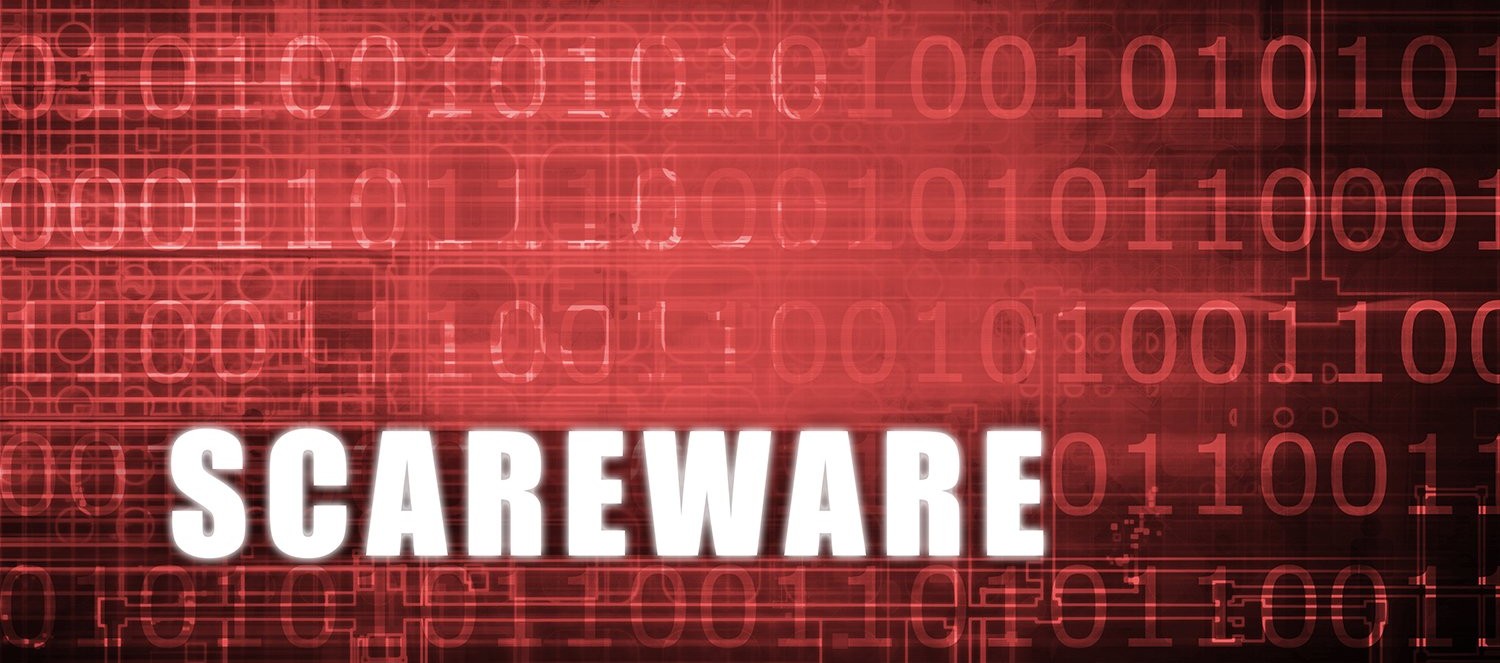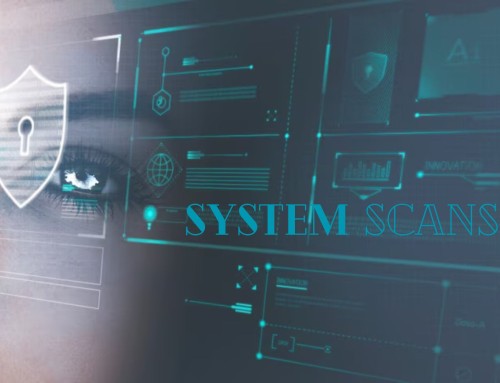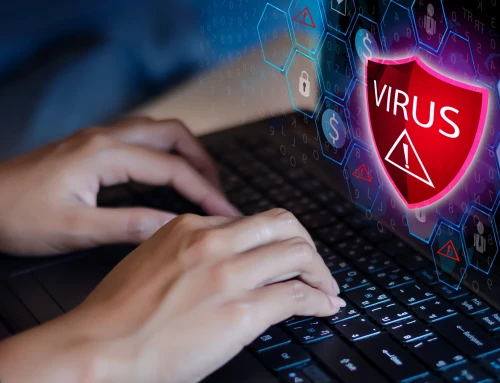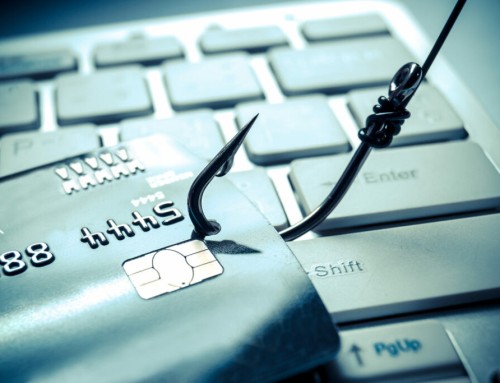What Is Scareware? How to Remove It?
Pop-up messages claiming that you have a virus and need anti-virus software can, ironically, contain a virus that could damage your computer, cause expensive repairs, or worse, lead to identity theft. Here’s what you need to know to protect yourself from scareware.
What is Scareware?
A common definition of scareware is a cyber attack tactic that scares people from visiting spoofed or infected websites or downloading malicious software (malware). Scareware can take the form of pop-up ads that appear on a user’s computer or spread through email spam attacks.
A scareware attack is often launched through pop-up windows that appear on a user’s screen, warning them that their computer or files have been infected, and then offering a solution. This social engineering tactic aims to get people to pay for software that is supposed to provide a quick fix to the “problem.” However, rather than fixing a problem, scareware actually contains malware that is programmed to steal a user’s personal data from their device.
Scareware can also be distributed through spam, messages that trick people into buying worthless items or services. The hackers then use the details they successfully steal to expand their criminal enterprise which is primarily based on identity theft.
Scareware Examples
Some examples of fake antivirus and anti-malware popular in the past include:
- SpySheriff
- XPAntivirus/AntivirusXP
- ErrorSafe
- Antivirus360
- Antivirus2009
- PC Protector
- Mac Defender
- DriveCleaner
- WinFixer
- WinAntivirus
- Spyware Protect 2019
 Click here to download Free RAM Free Antivirus
Click here to download Free RAM Free Antivirus
Signs of scareware on your device
Maybe you’ve been a victim before, however here are some of the common signs that your computer has been infected with scareware:
- Lots of pop-up messages: Windows that appear when you are doing nothing are a sign of a problem, as are windows that appear repeatedly or when you are offline. If so, you probably have adware, which can also spy on your personal data.
- You recently clicked on an ad: Some banners can be an element of malicious advertising. These advertisements have an embedded code that downloads dangerous programs to your computer. It is better to search for the name of the product rather than clicking on online advertisements.
- Decreased performance: A computer overloaded with malware will generally slow down, crash and freeze. The first thing malware wants to do is make sure there is nothing you can do about it. Speed up and clean your PC to regain control.
- Programs and features appearing at random: You may see a new icon on the desktop for a program that you don’t recognize, or your browser may have new toolbars with a new home page. These can lead you to download even more scam programs.
- Inability to access programs or files: Weird error messages and blocked lanes are cause for concern. If you are having these issues, you need to run your antivirus.
How to Protect Yourself from Scareware?
The most effective way for users to protect themselves from scareware is to only use software from legitimate, respected, and well-known vendors. It is also important to avoid what is called the “click reflex”. In other words, ignore any unexpected pop-up ads, warnings about new viruses, or invitations to download free software that aren’t from a trusted organization.
If scareware appears on your device, never click the “download” button and always close the ad carefully. A better option is to simply close the web browser rather than trying to click on the pop-up ad. This can be achieved with the Control-Alt-Delete command on a Windows device and Command-Option-Escape to open the Force Quit window on a Mac device. If that doesn’t work, abruptly shut down the device.
Another option is to use tools like pop-up blockers and Uniform Resource Locator (URL) filters that prevent users from receiving messages about bogus or malware. In addition, legitimate antivirus software, network firewalls, and web Security tools will protect users from the spread of scareware. These tools should be updated at all times to provide effective protection against scareware and other types of malware.
Organizations can help employees protect themselves against scareware by providing regular training on how to spot suspicious activity or software. Users should remain vigilant and recognize the telltale signs of a cyber attack, such as pop-up ads and suspicious emails.
Scareware Removal Protect your device from scareware with RAM Free Antivirus
Scareware alerts and pop-up advertisements indicate that a user’s computer has been infected with some form of malware. Removal of scareware and any other form of malware involves using a third-party removal tool such as RAM Ultimate Antivirus that can remove all signs of the virus infection and then re-enable the anti-virus software that the scareware has bypassed or disabled to reach his goal.
The computer and all software on the device should have the latest patches and security measures from the software vendor.
Ways to avoid scareware on the internet
Here’s how you can help keep scareware away.
- Keep your browser up to date- Updates can be boring, but don’t ignore them. By quickly approving updates to your browser, you will provide yourself with optimal protection against scareware pop-ups. It is best to use automatic update so that your browser and computer programs are constantly updated.
- Keep pop-up blockers enabled- If you can prevent pop-ups, your screen won’t be filled with advertisements for fake security programs.
- Install a legitimate antivirus program on your devices- You must protect your devices with a legitimate antivirus program from a company that you recognize. And when that company releases an update, make sure you install it quickly. Up-to-date antivirus software is your best protection against scareware.
- If a pop-up window appears, resist the urge to click- Never click “download” links or buttons in pop-up windows. If you have a legitimate concern that your computer is infected, do a Google search for the company behind the pop-up window you received. You will quickly find out if this company offers malicious security software. If you want to boost your protection, talk to a representative of a legitimate and well-known antivirus vendor
This article covers the answers to some of your frequently asked questions:
People May Also Like…
Data protection
What is the data protection Data protection has grown to be of utmost importance to both individuals and organizations in the connected. world of today, where information travels quickly across many digital
What is a security software
Security software It is impossible to overstate the value of strong security software in today's digital world. Individuals and organizations must take proactive measures to safeguard their sensitive data and defend against
Website reputation analysis
Website reputation analysis Websites are incredibly important for establishing an online presence for businesses, organizations, and people in the modern world. Analysis and evaluation of a website's reputation are crucial because there are
What is a Virtual private network (VPN)
What is a virtual private network (VPN) Virtual private network (VPN) have become an essential tool for both individuals and businesses in a time when online privacy and security are of the





